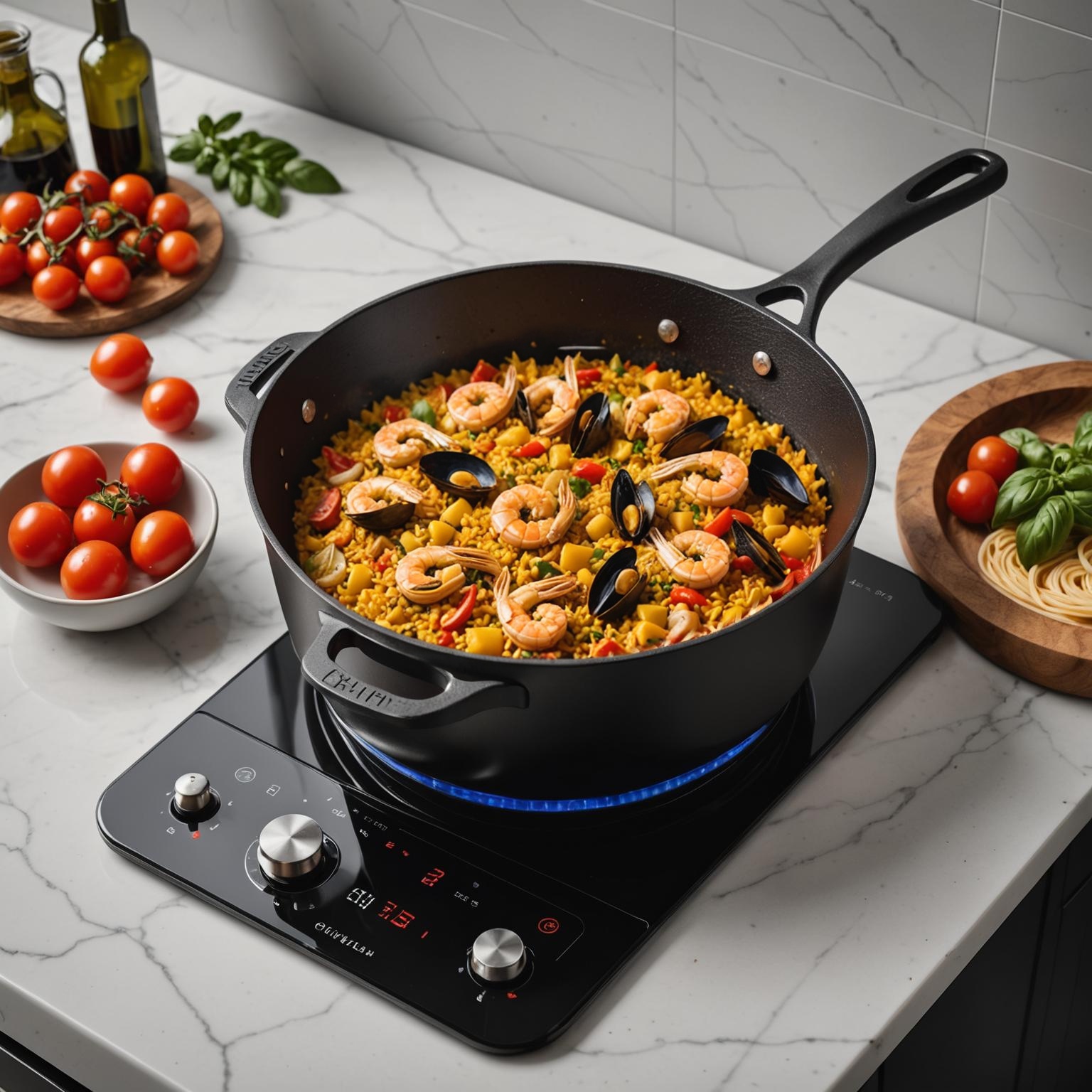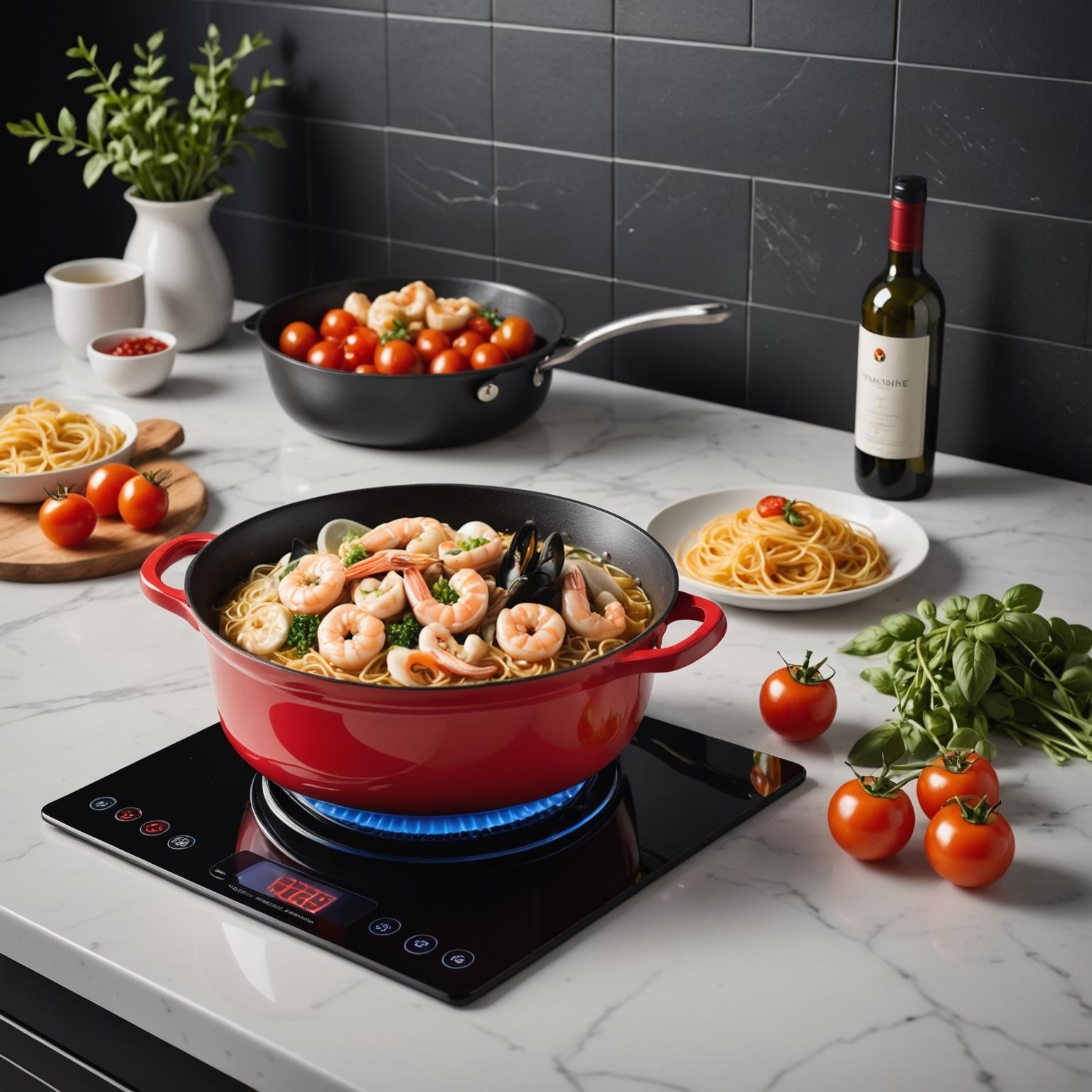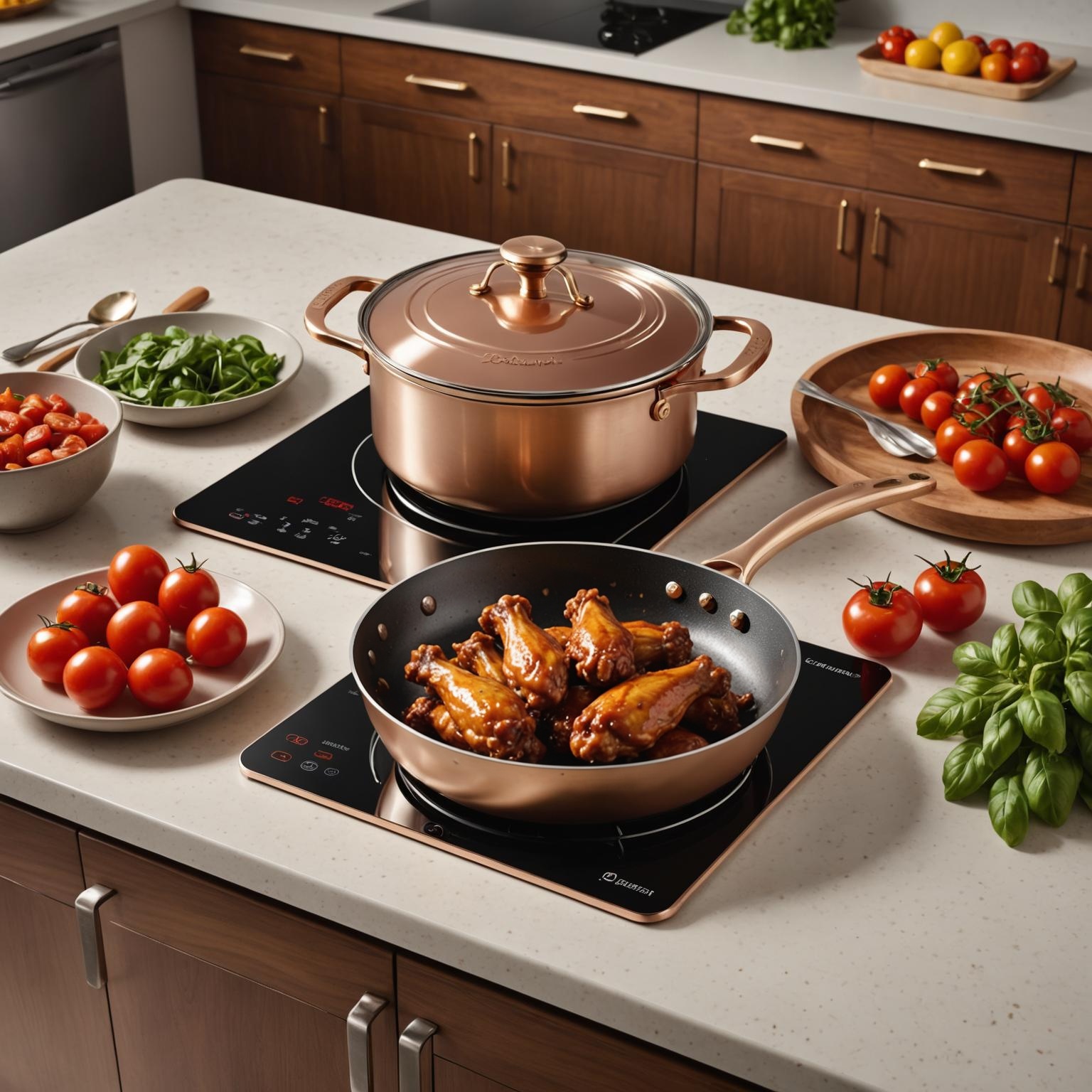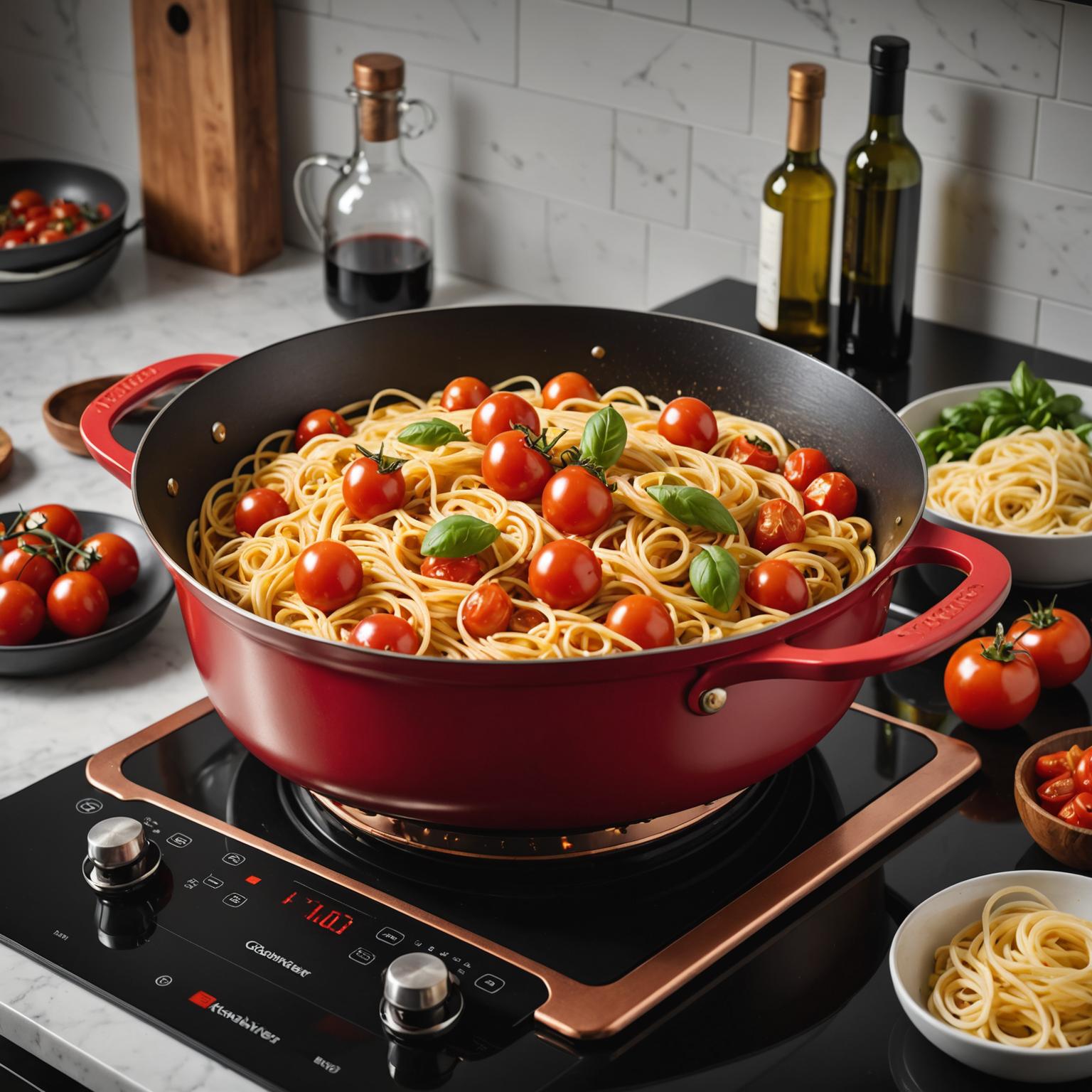Understanding Your Appliance's Core Component
A high-quality Oven/Grill Tubular Heater Element is the unsung hero behind countless delicious meals, serving as the core component for generating consistent and reliable heat. Whether you are baking, roasting, or grilling, the performance of your appliance is directly tied to the effectiveness of this essential part. Understanding how to choose and what to look for in a heating element can dramatically improve your cooking experience, ensuring everything from a perfectly seared steak on an electric grill to a slow-roasted chicken in a smoker is cooked to perfection. This guide will walk you through the key aspects of these vital components.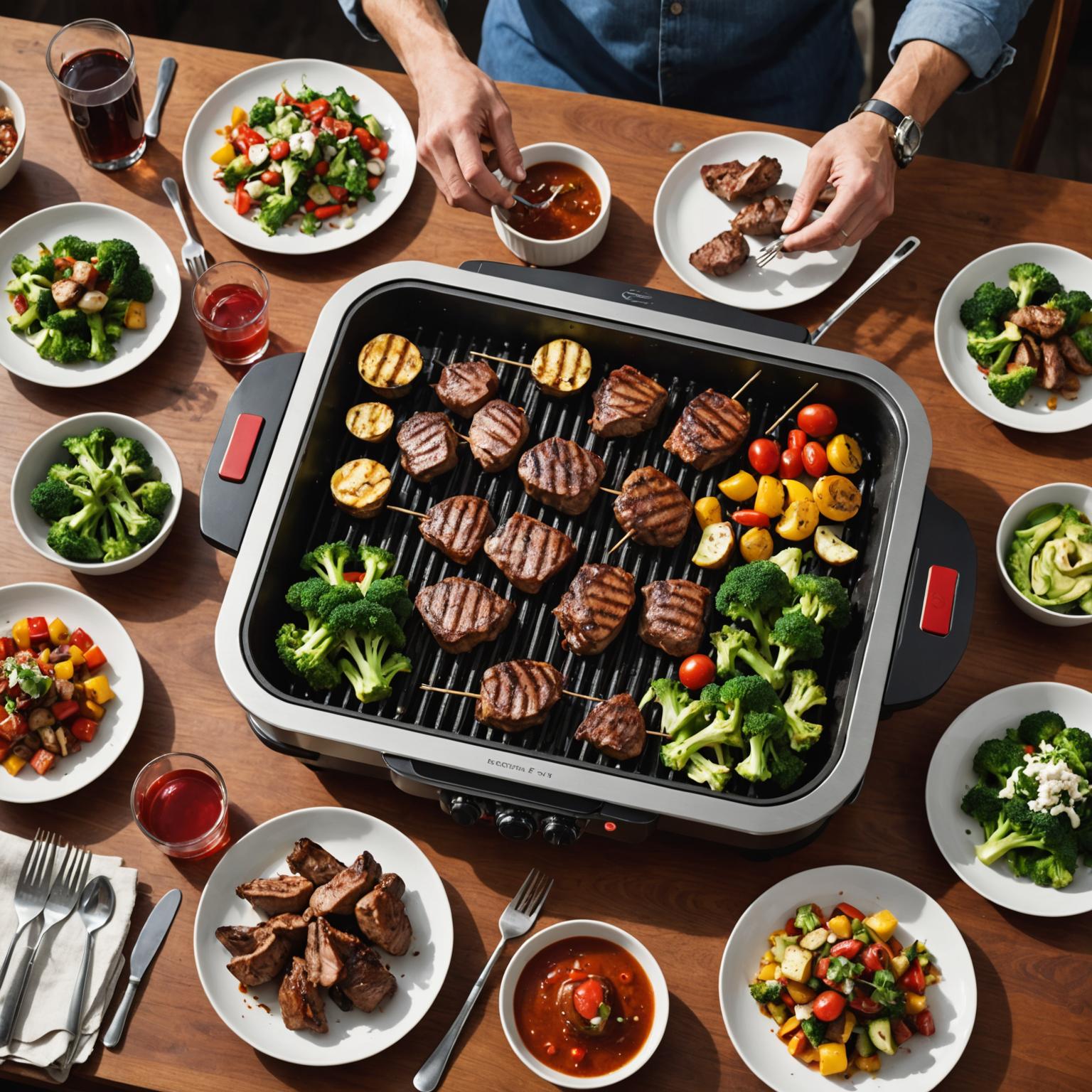
The Science Behind the Heat
At its core, the heating element is a sophisticated type of tubular resistance heater. It consists of a resistive wire coil, typically made from a nichrome alloy, encased within a protective metallic sheath, often stainless steel. When an electric current passes through the coil, it encounters resistance, which generates intense heat. This heat is then radiated outwards from the sheath to cook your food. The design ensures the electrical components are safely isolated while allowing for efficient thermal transfer, providing the even heat distribution necessary for gourmet results. The quality of these materials is paramount for longevity and consistent performance.
Key Factors for Choosing a Heating Element
When selecting or replacing an oven grill heating element, several factors must be considered. The shape and size are critical, as they are designed to fit specific appliance models and provide uniform heat coverage across the entire cooking surface. Wattage and voltage are also crucial specifications; a higher wattage generally means faster heating and higher potential temperatures. For instance, a compact tabletop grill might use a smaller, circular grill tubular heater, while a larger oven will require a more complex, M-shaped element to heat the space evenly. Always match the element's specifications to your appliance's requirements to ensure safety and optimal function.
The Importance of Precision Temperature Control
A superior heating element is only as effective as its control system. This is why thermostatic control for heaters is a non-negotiable feature for any serious cooking appliance. An adjustable thermostat allows you to precisely regulate the power flowing to the element, giving you mastery over the cooking temperature. As seen in advanced vertical smokers that can operate from 150°F to 550°F, this control allows for a wide range of cooking methods, from slow smoking to high-temperature searing. This precision ensures your culinary creations are not left to chance, providing repeatable results every time.
Versatility in Modern Cooking Appliances
The humble tubular heater is incredibly versatile, powering a vast array of modern devices. It is the driving force in everything from the sleek, portable electric barbecue grill to the advanced electric griddle. As a fundamental kitchen appliance heater, its design can be adapted for countless applications. In more demanding environments, such as restaurants and catering businesses, robust food service heating elements are used. These are built to withstand constant, heavy-duty use while delivering the same reliable and even heat required for professional culinary arts. This adaptability makes the tubular heater a cornerstone of modern cooking technology, enabling innovation and convenience in kitchens everywhere.



